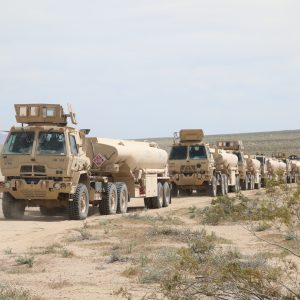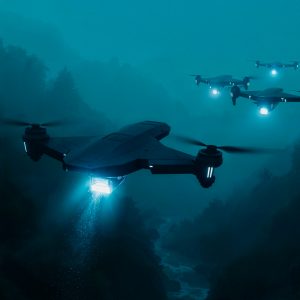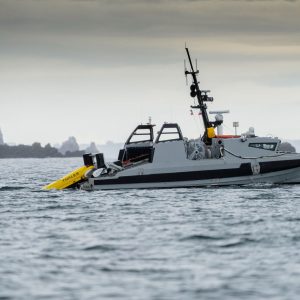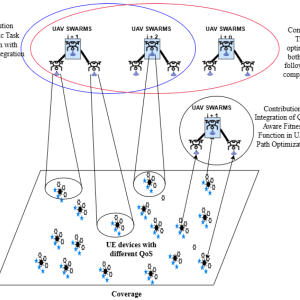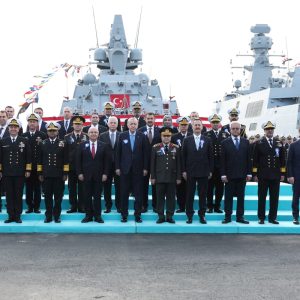Transforming Data into Tactical Advantage
WASHINGTON – The US Navy AI and data strategy, set to be signed this fall, aims to transform the vast but underutilized sensor data from warships, aircraft, and unmanned platforms into rapid, actionable intelligence. Chief Data and AI Officer Stuart Wagner emphasized that the Navy must accelerate its learning and adaptation cycle to match the speed of modern conflict — a necessity underscored by China’s directive for the People’s Liberation Army to be ready for a Taiwan operation by 2027.
“We’re not going to rebuild the fleet in a year,” Wagner told AFCEA’s Hampton Roads chapter. “The focus must be on refining existing capabilities, extracting data from platforms, and feeding it back into the fight.”
The Digital OODA Loop
Wagner likens the effort to a “digital OODA loop” — an accelerated version of the Observe-Orient-Decide-Act cycle pioneered for aerial combat. Drawing lessons from Ukraine’s sub-24-hour measure/countermeasure cycle, the Navy’s goal is to compress the timeline from data collection to battlefield adaptation. This includes deploying software updates overnight to counter emerging threats and operational changes.
The forthcoming strategy will outline six pillars: enhanced data infrastructure, rapid AI operationalization, workforce upskilling, allied collaboration, streamlined security classification, and accelerated software accreditation.
Overcoming Data Bottlenecks
Despite extensive sensor coverage, much operational data never leaves its originating platform. In some cases, it is overwritten without review due to storage limits. Connectivity shortfalls mean physically transporting drives can be faster than transmitting data. Wagner aims to reverse this by integrating Project Overmatch advancements with automated classification systems to expedite data flow.
Past initiatives like the Air Force’s “Battering Ram” program demonstrated how deterministic AI tools — such as knowledge graphs — can apply clear, non-contradictory classification rules directly to datasets, bypassing inconsistent human decision-making.
Streamlining AI Deployment
The Department of Defense’s Authority to Operate (ATO) process, often taking months, remains a critical hurdle. Wagner proposes deploying commercial tools within secure “sandbox” environments, enabling rapid testing without risking classified networks. This approach could cut deployment times dramatically while safeguarding operational integrity.
“If you’re waiting on an ATO to start learning and adapting, you won’t match the sub-24-hour cycle,” Wagner warned. Sandbox networks would isolate unvetted software, preventing malicious code from reaching core systems.
Strategic Implications
By harnessing AI-enabled data exploitation, the US Navy and Marine Corps could maintain a decisive edge in rapid-response warfare. In a Pacific scenario, where fleet numbers cannot be increased overnight, adaptation speed could prove as decisive as firepower. Integrating allied contributions and commercial innovation into this system will be key to sustaining operational superiority.

This strategy not only addresses immediate operational gaps but also signals a broader shift toward treating data as a strategic weapon system — one that must be as agile as the adversaries it seeks to counter.
Internal Link: Digitize or Die: Ukraine’s War Lessons
External Link: Breaking Defense – Original Report


